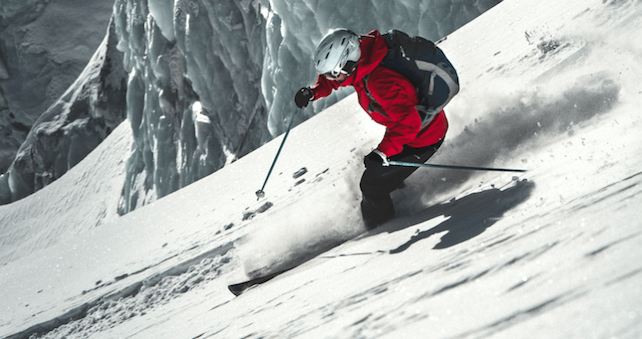
There is no doubt that for many families the annual ski holiday is the one they look forward to the most. Beautiful scenery, clear crisp days with blue skies and plenty of activity makes for lots of fun. For my family there is nothing they would rather do than ski and this is the same for many of my friends and colleagues.
The other reason why knee surgeons love skiing is because so many people who enjoy the sport need our help. It is incredibly common for people to twist their knees whilst they are skiing, and you are 30 times more likely to damage your knee if you are a novice skier compared to an advanced skier.
The most common injury sustained is a rupture of the anterior cruciate ligament (ACL), which controls front to back movement and rotation in the knee. Classically this happens at relatively low velocity and patients often report that they were just getting off the chair-lift, their skis crossed and they fell. When you fall, the ski boot sometimes remains in the bindings and, as a result, the body twists away and the foot stays facing forwards. This twists the knee, causing a rupture to this very important structure. With higher-energy injuries other structures are frequently damaged in addition to the ACL.
What Happens Next?
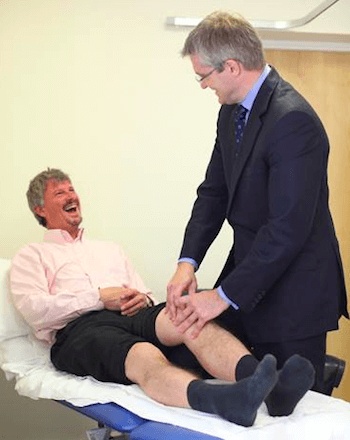
Skiers are usually in very severe pain, with immediate swelling following the injury. I often see patients take their fists, which they place over one another, and demonstrate how their knee felt as though it twisted out of joint by rotating one fist on the other.
The pain is often so intense that they are unable to continue skiing at all and a blood wagon is needed to ferry the injured person down the mountain and into the local medical centre.
In some big resorts skiers receive good care. They may be taken to a large hospital where this injury is dealt with on a very regular basis and where they will be given appropriate MRI imaging, splinted and the pain managed with appropriate painkillers.
Sadly, what may then happen is that patients are encouraged to undergo immediate knee surgery there and then – and this is not good practice. We know that operating on a “hot knee” is not a good thing. And sadly the surgery is often performed by trauma surgeons and not by knee specialists.
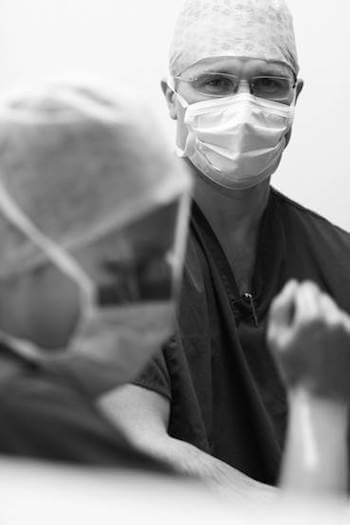
Operating in the first day or two risks causing stiffness – or what we call arthrofibrosis – in the knee and we therefore encourage our patients to let the knee settle, do appropriate rehabilitation and regain a good range of motion before we go on to offer them surgery. The perfect timing for an ACL reconstruction is between three and six weeks following injury.
As a skier, if you have injured your knee on the slopes, the best thing you can do is to get the knee splinted, get some good painkillers and avoid doing too much until you return to the UK when you should ask for an urgent referral to your local hospital so you can be assessed by a knee specialist. You will need an MRI scan and physiotherapy. If you have damaged your ACL and you are active, these days most patients are encouraged to undergo a reconstruction of that ligament.
Often there are other injuries associated with the ACL tear, such as minor to severe sprains of other ligaments that need to be addressed; these can often be managed very well with appropriate bracing.
So beware! When the local French, Austrian or Italian medical team are encouraging you to have immediate surgery within a day or two of your knee injury, just politely decline and head back home so that your knee injury can be treated appropriately.
Editor’s Note
As a skier who is recovering after an ACL reconstruction this April, performed by Professor Adrian Wilson“>Professor Adrian Wilson, Editor Felice Hardy found two useful items – apart from physio and hydrotherapy – to aid her recovery.
Instead of frozen pea bags that go soggy and don’t stay put, I use Hyperice. This is an ice compression system made up of a thin ice ‘bag’ featuring an air release technology and a specially designed compression wrap. The two-part system acts together to optimise cold compression therapy – much needed after a knee injury and again post-operation. The only drawback is that you ideally need crushed ice to go inside the bag. Hyperice users include Lindsey Vonn. It costs £74.99 (cheaper than some other products on the market) from PhysioRoom.
Later on in my knee injury recovery, the physiotherapist recommended buying a pedal exerciser. I found it a great way to get the post-op knee bending whilst sitting on an ordinary chair, at a time when I wasn’t strong enough to ride a road bike. The portable Pedal Exerciser has a digital display and can be bought online from Care Co for £24.99.
The third item here is for when you get back on the slopes. A good knee brace, specifically made for skiers and snowboarders, will act in a similar way as a helmet does for the head. No, it can’t prevent every injury, but on many occasions it can certainly help protect the ligaments from further injury and is also provides control and support for unstable knees. Donjoy knee braces are made from lightweight carbon fibre and once on – worn over thermals and under ski trousers – you’ll hardly know it’s there. Off-the-shelf and made-to-measure knee braces are available to order from physiotherapists across the UK.
Insurance After An Injury
These days, there’s an ageing and more active population – due to the advancements in medicine and technology. This has led to people with pre-existing medical conditions becoming more active, especially in winter sports, where insurance would not have been available in the past.
Ski insurance specialists MPI Brokers cover on and off piste – with or without a guide – and ski racing. They have an age limit of 100 and deem a pre-existing medical condition to be something that has happened in the last 12 months. If a condition is controlled and nothing has changed in the last 12 months there will be cover. The Standard and Excel polices provide some physiotherapy when back in the UK, if the doctor has prescribed it. Maximum trip durations on a Multi Trip policy is up to 62 days.
Travel Addict Insurance Pre-Existing Medical Winter Sports Insurance has no age limits, and covers people with pre-existing medical conditions – including those who are terminally ill or have long-term disabilities. Their medical policy also provides aftercare such as physiotherapy. Pre-Existing Medical annual policies have a maximum trip duration of 45 days with the premium level of cover. Quote code ‘Welove2ski’ for a 10% discount.
See also our features on getting fit for skiing, ski safety and ski insurance, and Is It Possible to Get Ski Fit Quickly?










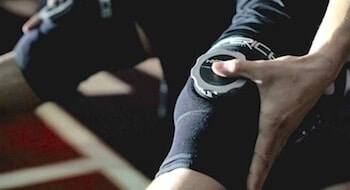
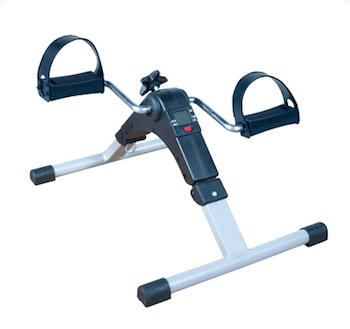
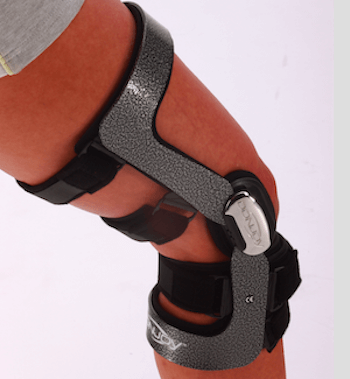
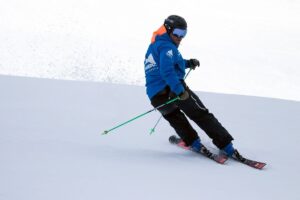
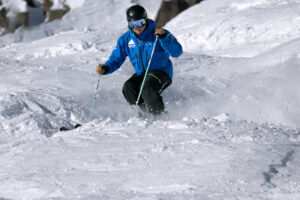
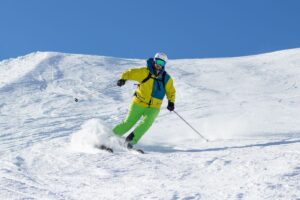
Advice from an eminent knee surgeon on what to do immediately after an #ACL injury: https://t.co/ZSVzBACdr7
No mention of the 8 months or so of intense physio/gym work that’s required following the surgery…?
That’s the worst part of the injury!
I know…I’m going through it right now! There will be a future feature on physio/gym.